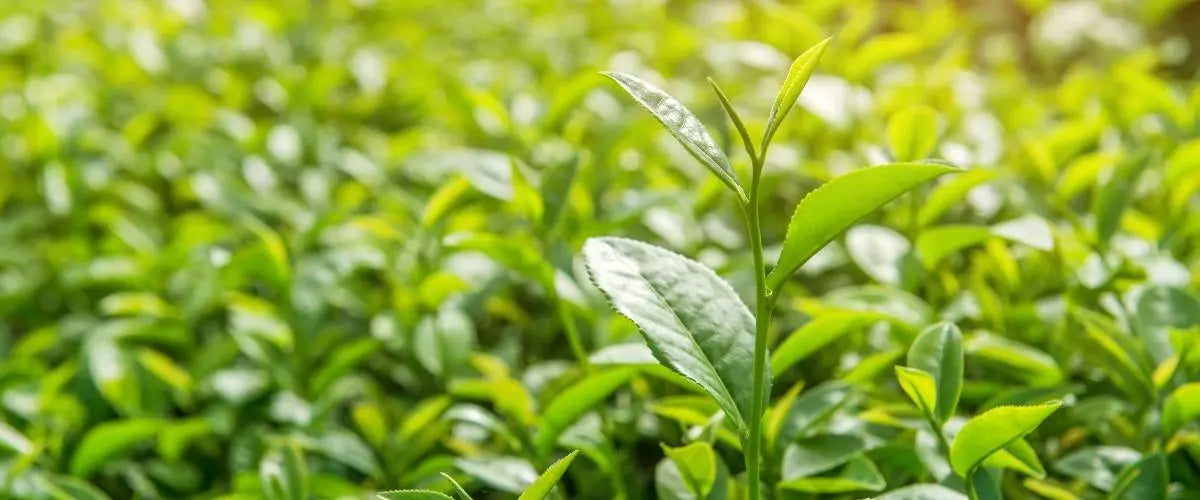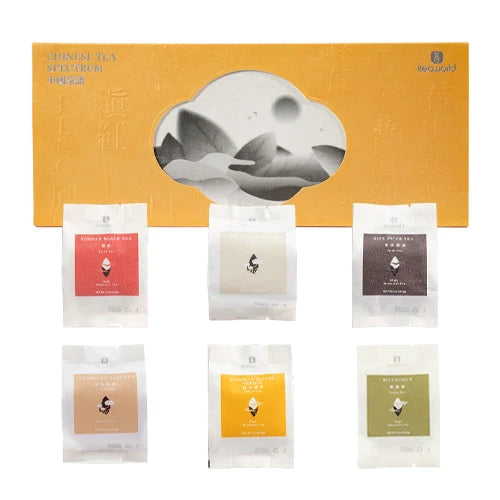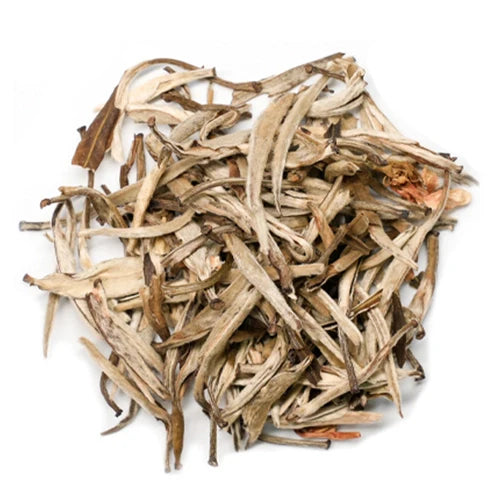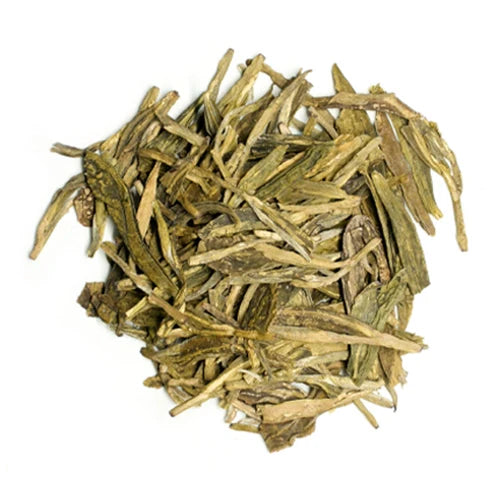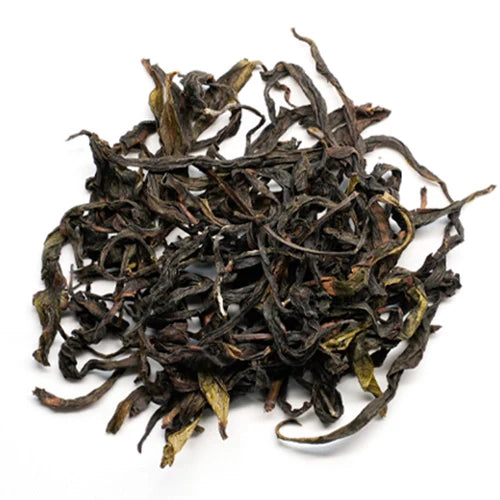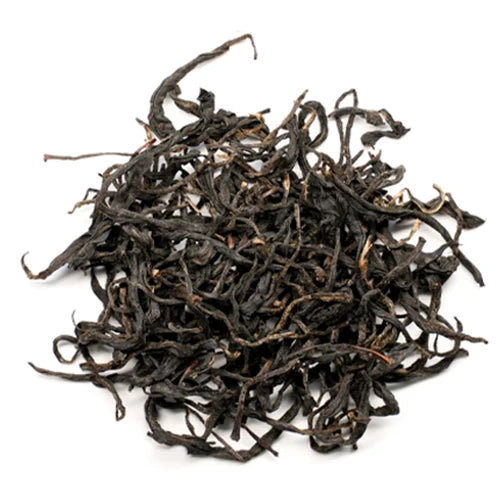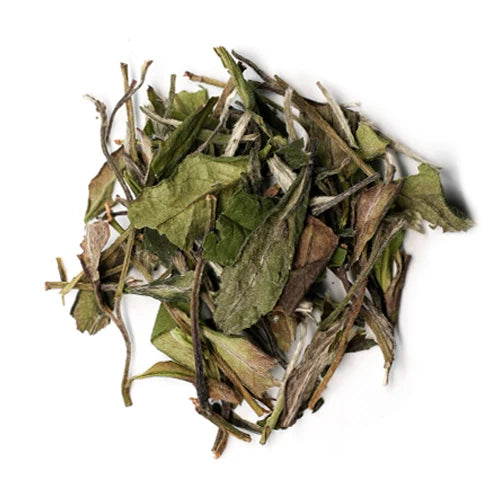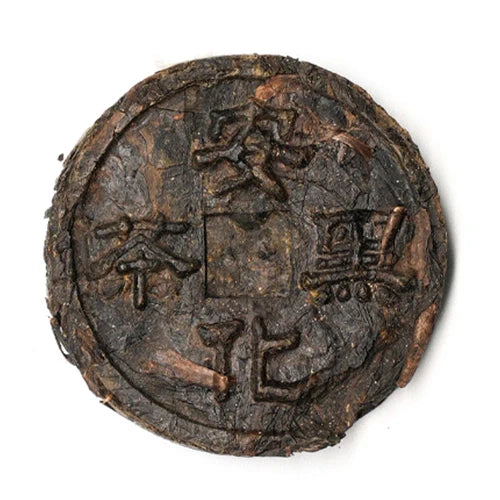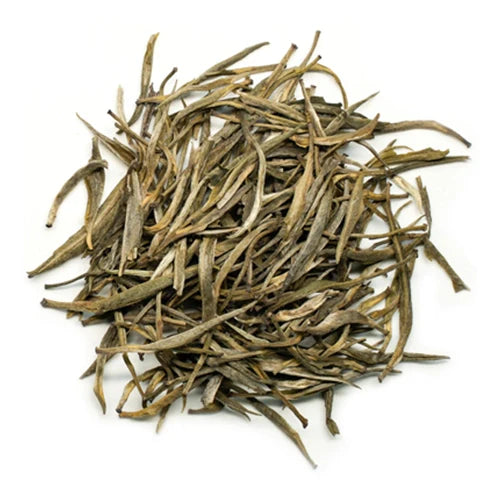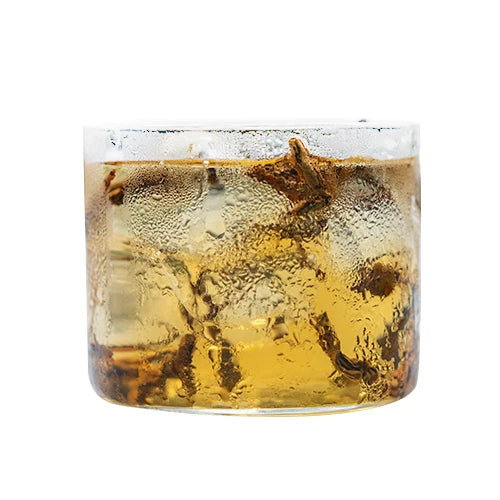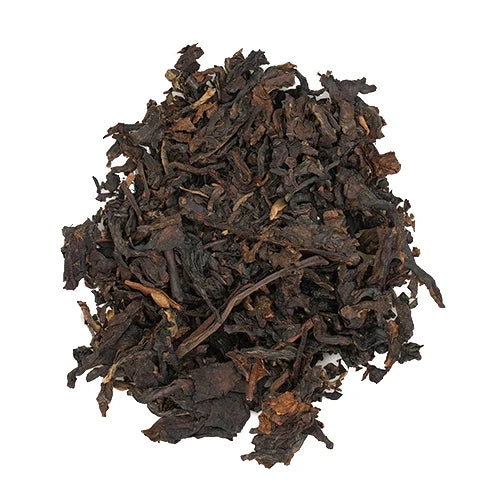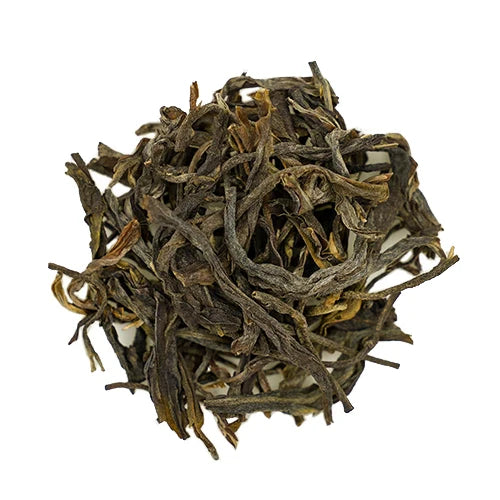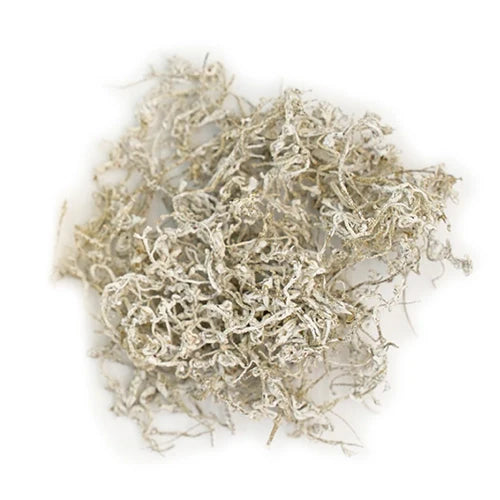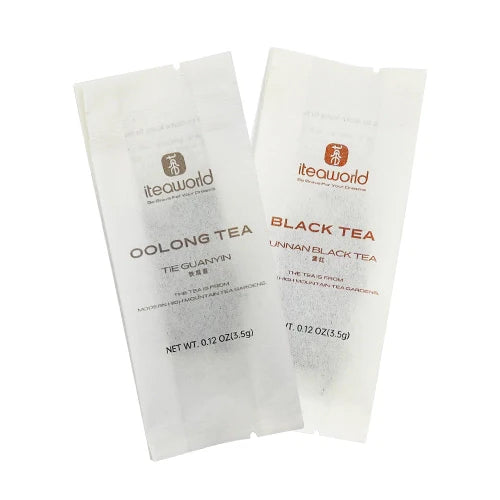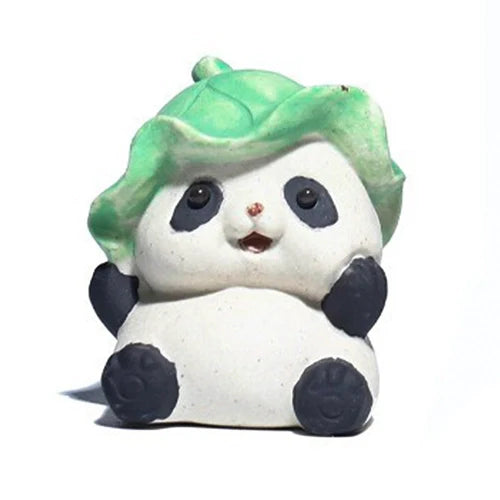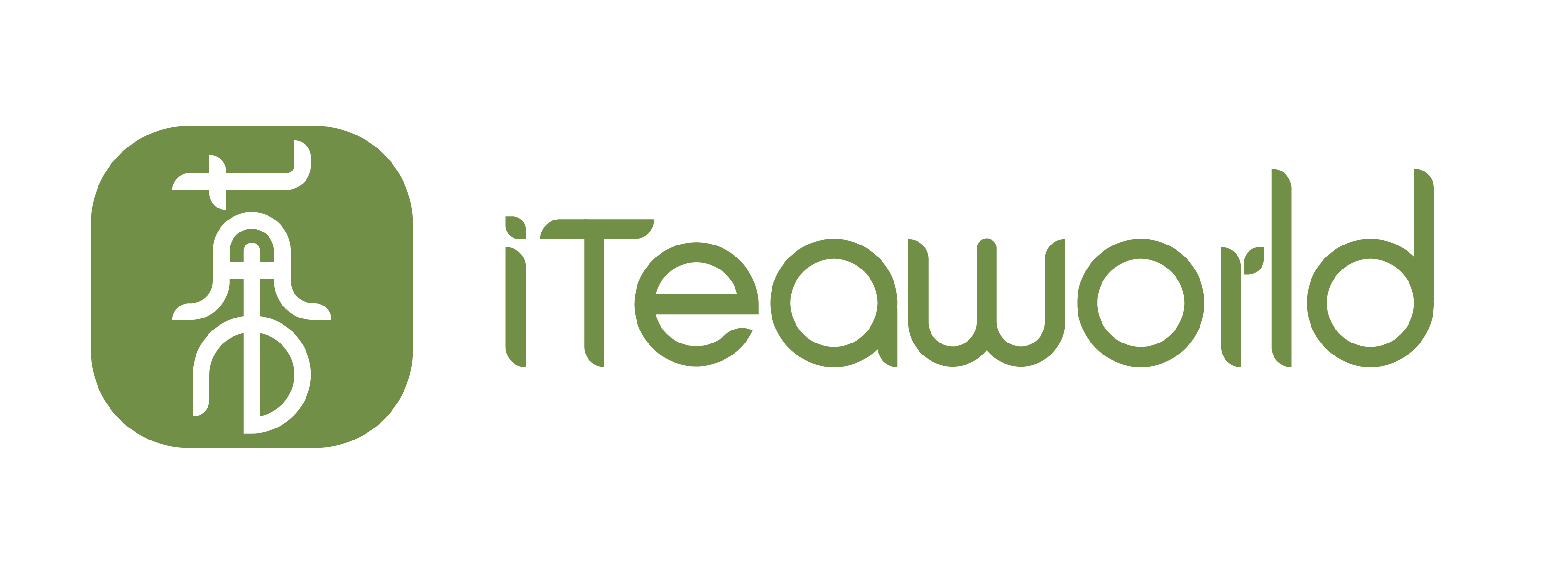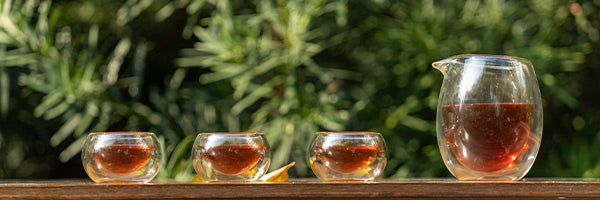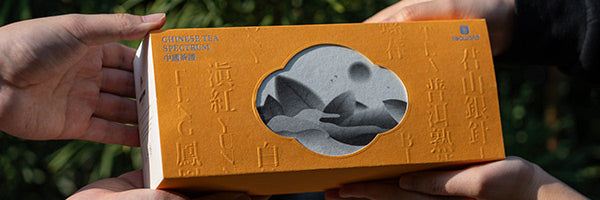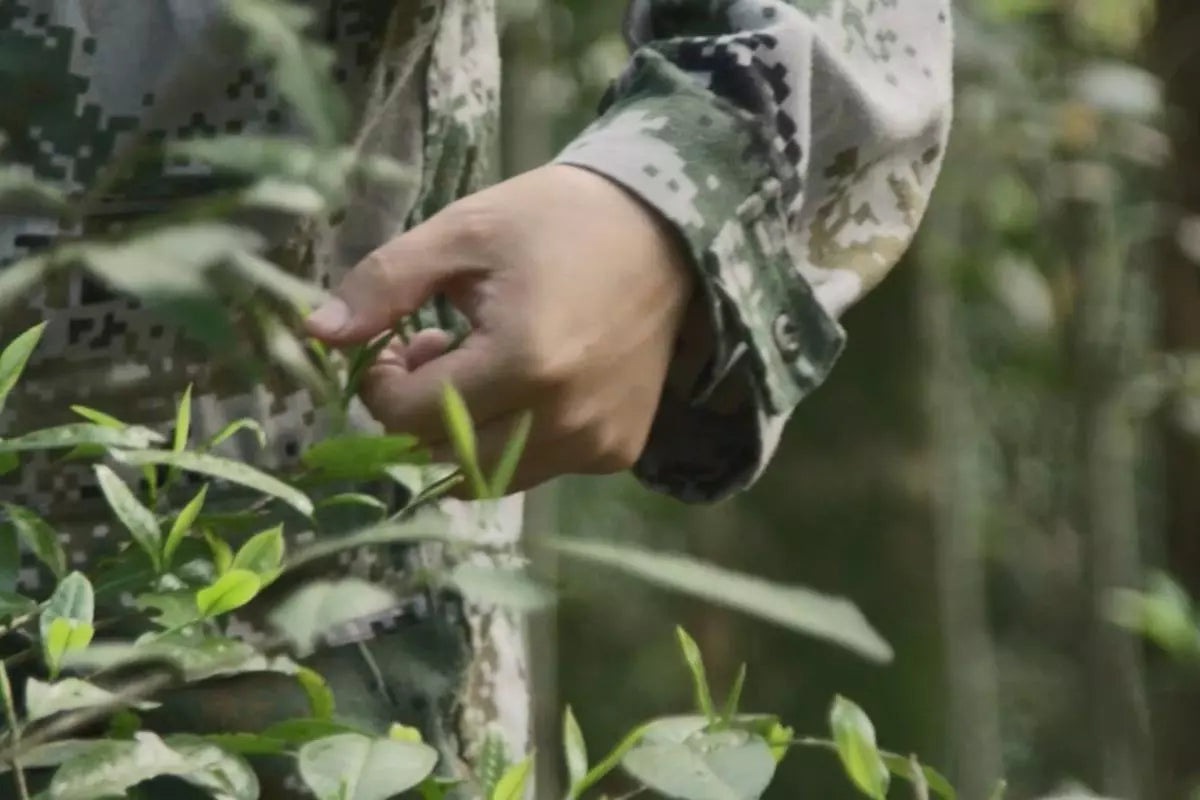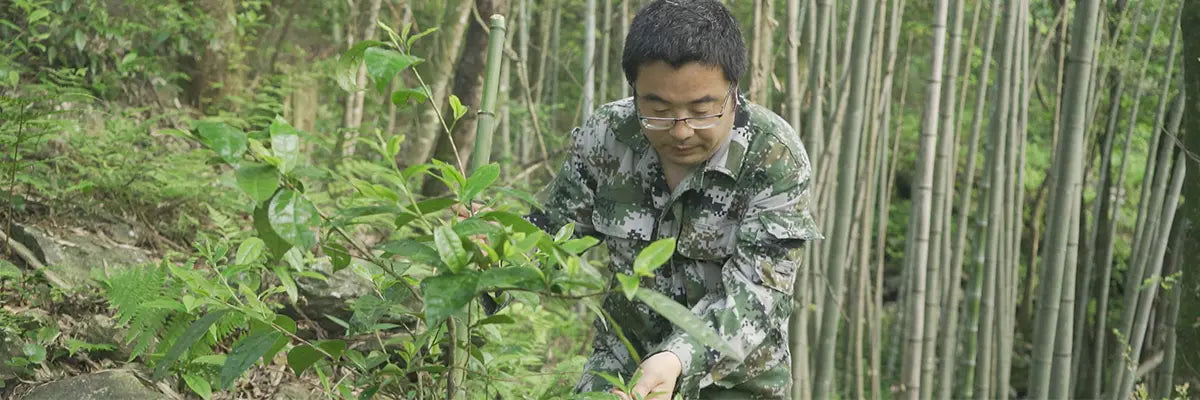If you’re exploring the world of Chinese tea, you’ve likely encountered terms like First Spring Tea, Pre-Qingming Tea, and Pre-Grain Rain Tea. These terms don’t just refer to harvest times but also indicate unique differences in taste, quality, and price. In this guide, we’ll break down what each of these teas is and what makes them so special. Plus, we'll highlight some premium options, like iTeaworld’s green tea, which aligns with these high-quality harvests.

1. First Spring Tea & First Flush Tea
Early Spring Tea refers to tea leaves made from the first buds and leaves sprouted by tea plants after overwintering.
Characteristics:
- Fresh and tender: After resting all winter, tea plants pack their nutrients into early buds, resulting in more tender leaves.
- Rich aroma: First Spring Tea is known for its strong and lasting fragrance.
- High nutrition: Packed with amino acids and theanine for a smooth, refreshing flavor.
- Pricey: Due to its limited supply and exceptional quality, First Spring Tea is often sold at premium prices.

First Flush Tea denotes the very first batch of tea leaves picked in spring that meet quality standards.
First Flush Tea Harvest Periods
1. Biluochun: Mid to late March (around the Spring Equinox)
2. Longjing Tea: Mid-March (varies by year, e.g., late March in 2024)
3. Huangshan Maofeng: Early April (around Qingming Festival)
Key Differences Between Early Spring Tea and First Flush Tea
|
Aspect |
Early Spring Tea |
First Flush Tea |
|
Focus |
Growth stage (first post-winter buds) |
Harvest sequence (first picking) |
|
Timeframe |
Broad early spring period (multiple pickings possible) |
Only the initial harvest |
|
Yield |
Relatively higher |
Extremely scarce |
|
Quality Perception |
Universally recognized as high-quality |
May not surpass later batches |
2. Pre-Qingming Tea
"Pre-Qingming Tea" is harvested before Qingming (April 4th or 5th), when the tea tree’s tender buds first appear as spring begins. Because the weather is still cool before Qingming, the buds grow slowly, making the yield limited. As a result, Pre-Qingming/Mingqian Tea is known for its exceptional quality. This tea is considered one of the first spring teas.
- Exceptional quality: Cool spring temperatures mean slower growth, leading to finer, more tender leaves.
- Refreshing aroma: Pre-Qingming Tea is smooth, sweet, and offers a delicate, fresh fragrance.
- Rare and valuable: With limited yields due to a short harvest period, it is often described as "precious as gold."
- Collectible: Its rarity makes it a prized choice for tea enthusiasts.
If you're looking for a rare, high-quality Chinese tea experience, iTeaworld offers teas that capture the essence of Pre-Qingming Tea with their carefully curated, premium selections.

3. Pre-Grain Rain Tea
Pre-Rain Tea is harvested between the Qingming Festival (April 4th or 5th) and Grain Rain (April 19th or 20th), typically from April 5th to around April 20th. This tea is made from tender buds and tips.
During this period, the weather is warmer, allowing the buds and leaves to grow quickly and accumulate rich nutrients. As a result, Pre-Rain Tea is known for its fresh, strong flavor and ability to last through multiple brews. It’s considered a premium tea due to its quality.
- Balanced flavor: The leaves are slightly larger, resulting in a robust and smooth taste.
- Greater availability: Longer growing periods make it more accessible than Pre-Qingming Tea.
- Everyday choice: An ideal tea for those seeking excellent quality at a more affordable price.

If you love a flavorful, balanced green tea that lasts through multiple brews, iTeaworld’s green tea selections, such as those harvested during Pre-Grain Rain, will meet your expectations.
Some well-known green tea varieties also have specific harvest times.
For example:
- West Lake Longjing is typically harvested in early March.
- Biluochun usually becomes available in mid to late March.
- Huangshan Maofeng is expected to hit the market from late March to early April.
- Xinyang Maojian might be ready by early April.

In addition to spring tea, tea is also produced in the summer, fall, and winter seasons.
1. Summer Tea is typically harvested between May and July. Due to the hot weather, the tea buds and leaves grow quickly, but they’re more prone to aging. There’s a saying, “Tea thickens overnight after the Start of Summer,” which reflects how fast they grow.
Summer tea leaves are usually coarser and looser, with mixed colors and distinct woody buds. The flavor isn’t as fresh or vibrant as spring tea, and the aroma is more subtle. Still, it has its own unique qualities that some tea drinkers appreciate!
2. Autumn Tea is typically harvested from August to October when the weather starts to cool down. Because of this, the tea leaves have less moisture and a more intense flavor. It’s also known for its strong aroma, smooth sweetness, and rich aftertaste.
Visually, autumn tea leaves are slender, light, and green. After growing through both spring and summer, the new shoots have fewer nutrients. The leaves vary in size, and they’re more brittle with a yellowish tint. The taste and aroma tend to be milder and more balanced compared to the fresher spring teas.
3. Winter Tea, also known as Winter Picks or Snow Tea, is made from tea leaves harvested in winter or late autumn, typically after the Frost's Descent (late October).
There are two types of winter tea:
1. Autumn buds, harvested in winter (more common)
2. Winter buds, harvested in winter (premium)
Due to the cold climate, the yield of winter tea is very low. Winter buds (often called "cold fragrance" tea) have a rich, delicate aroma, smooth flavor, and less astringency, making them rare and unique.
Common types of winter tea include:
- Oolong Tea: such as Fenghuang Dancong, Taiwan High Mountain Tea, and Anxi Tieguanyin, etc, mainly grown in Fujian, Guangdong, and Taiwan.
- White Tea:especially the lowest-grade Shoumei. Winter-made Shoumei is called Snow Tea because the large leaves are covered in white fuzz, resembling a light snow layer.
- Green Tea: Winter buds for green tea are rare since it’s usually harvested in spring. However, some specific regions and varieties, like Liu’an Guapian Winter Buds, Anji White Tea Winter Buds, and Traditional Liubao Tea Winter Buds, are becoming known for their unique winter qualities.
Whether you're a seasoned tea drinker or just getting started, these harvests showcase the diverse qualities of Chinese tea. For a high-quality tea experience, iTeaworld’s green tea offers some of the best selections available, crafted from the earliest and most prized harvests.





